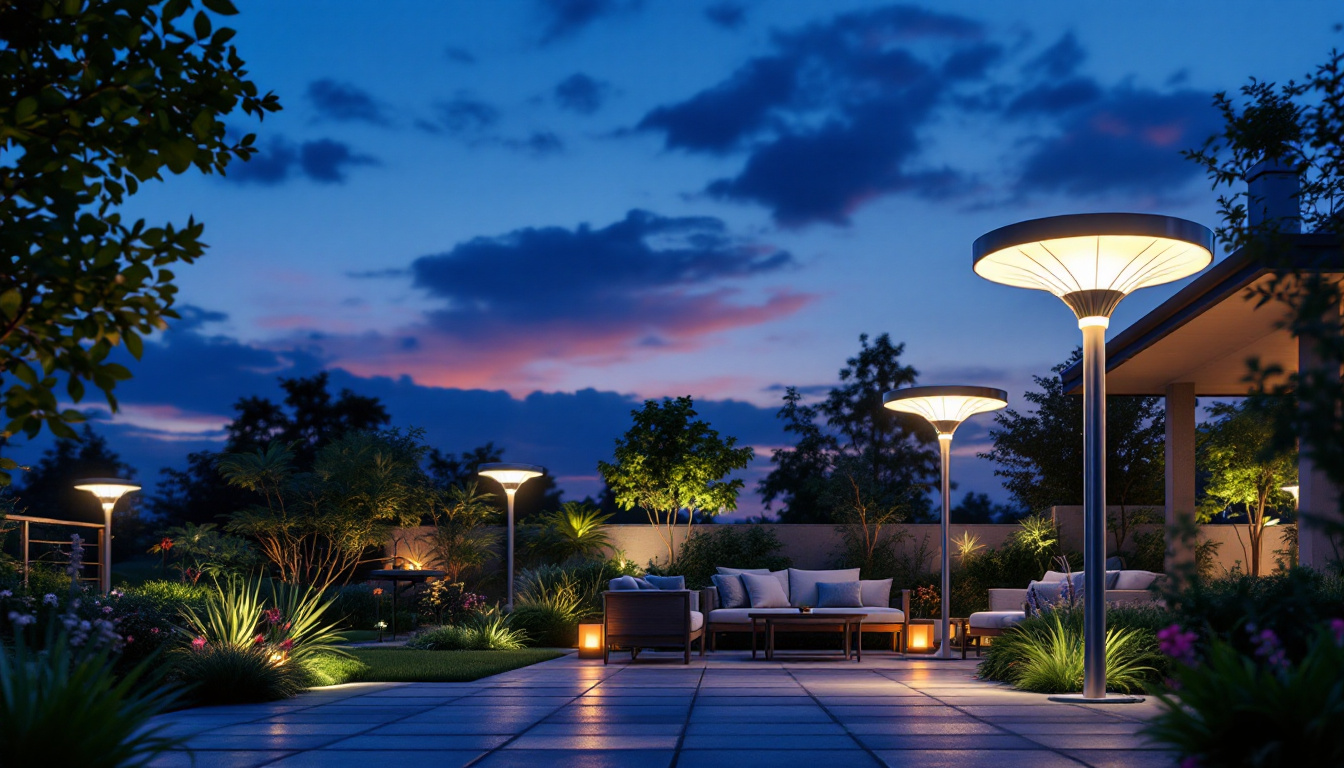

As the world of lighting continues to evolve, RGB LED technology has emerged as a revolutionary force in the industry. For lighting contractors, understanding the essentials of RGB LEDs is crucial for delivering innovative solutions that meet the diverse needs of clients. This article delves into the key aspects of RGB LED technology, from its benefits to installation techniques, ensuring that contractors are well-equipped to harness this powerful lighting option.
RGB LEDs, which stand for Red, Green, and Blue Light Emitting Diodes, are capable of producing a wide spectrum of colors by mixing these three primary colors. This versatility makes them an ideal choice for various applications, ranging from residential lighting to commercial displays and theatrical productions. The ability to create dynamic lighting effects can transform spaces and enhance the overall ambiance. With the advancement of technology, RGB LEDs have become more energy-efficient and long-lasting, making them a sustainable option for modern lighting solutions.
At the core of RGB LED technology is the principle of additive color mixing. By adjusting the intensity of each color, contractors can achieve virtually any hue. This is accomplished through sophisticated control systems that allow for precise manipulation of color outputs. Understanding the underlying technology is essential for contractors, as it enables them to troubleshoot issues and optimize performance. Furthermore, many RGB LED systems now incorporate smart technology, allowing users to control lighting remotely via mobile applications or voice commands, adding an extra layer of convenience and customization.
RGB LEDs are incredibly versatile and can be used in a myriad of applications. In residential settings, they can be installed in fixtures, under cabinets, or as accent lighting to create mood and atmosphere. For instance, homeowners can program their RGB LEDs to shift colors throughout the day, mimicking natural light patterns and enhancing their living spaces. In commercial environments, they are often utilized for signage, displays, and architectural lighting, providing businesses with the ability to attract attention and convey branding effectively. Additionally, RGB LEDs play a pivotal role in entertainment venues, where dynamic lighting can enhance performances and create immersive experiences. Concerts and theater productions often employ advanced RGB lighting systems to synchronize with music and action, elevating the audience’s experience to new heights. Moreover, in the realm of gaming, RGB lighting has become a popular feature in gaming peripherals and setups, allowing users to personalize their gaming environments and enhance their overall engagement.
For lighting contractors, the benefits of incorporating RGB LEDs into projects are manifold. These advantages not only enhance the quality of lighting solutions but also contribute to overall project efficiency and client satisfaction.
One of the most significant advantages of RGB LEDs is their energy efficiency. Compared to traditional incandescent or fluorescent lighting, RGB LEDs consume significantly less power, which translates into lower energy bills for clients. This efficiency is particularly important in commercial applications, where lighting can account for a substantial portion of operating costs. By promoting energy-efficient solutions, contractors can position themselves as environmentally conscious professionals while also appealing to cost-sensitive clients. Furthermore, many regions offer incentives or rebates for using energy-efficient lighting, allowing contractors to help clients save even more while enhancing their project’s sustainability profile.
RGB LEDs are known for their longevity, often lasting tens of thousands of hours. This extended lifespan reduces the frequency of replacements, which can be a considerable advantage in both residential and commercial settings. Additionally, RGB LEDs are more resistant to shock and vibration than traditional lighting options, making them ideal for dynamic environments such as theaters or outdoor installations. Contractors can assure clients of reduced maintenance costs and less disruption due to lighting failures. The robust nature of RGB LEDs also means they can withstand extreme temperatures and humidity, making them suitable for a variety of climates and conditions, further broadening the scope of potential projects.
The ability to create a wide range of colors and effects allows contractors to offer clients unparalleled creative flexibility. Whether it’s a subtle wash of color or a vibrant display for a special event, RGB LEDs can adapt to various design requirements. This versatility enables contractors to craft unique lighting solutions that enhance the aesthetic appeal of any space, ultimately leading to higher client satisfaction and potential referrals. Additionally, the integration of smart technology with RGB LEDs allows for programmable lighting scenes that can change with the time of day or event, providing an interactive experience that captivates audiences. This capability is particularly beneficial for businesses looking to create an inviting atmosphere or for events that require dynamic lighting transitions, further showcasing the transformative power of RGB technology.
While RGB LEDs offer numerous benefits, proper installation is critical to achieving optimal performance. Understanding the best practices for installation can help contractors avoid common pitfalls and ensure that clients receive the best possible results.
Before installation begins, careful planning of the lighting layout is essential. Contractors should consider the intended use of the space, the desired lighting effects, and the locations of power sources. By mapping out the installation, contractors can ensure that the RGB LEDs are strategically placed to maximize their impact. This planning phase also allows for the identification of any potential obstacles, such as existing fixtures or furniture, that may affect the installation process.
RGB LEDs typically require specific wiring and power configurations to function correctly. Contractors should be familiar with the voltage and current requirements of the LEDs they are using, as well as any necessary transformers or drivers. Proper wiring not only ensures the longevity of the LEDs but also minimizes the risk of electrical issues. It’s crucial to adhere to local electrical codes and regulations during installation to ensure safety and compliance.
Once the RGB LEDs are installed, programming the control systems is the next step. Many RGB LED setups utilize DMX controllers or similar systems that allow for precise control over color and intensity. Familiarity with these systems is essential for contractors, as it enables them to customize lighting effects to meet client preferences. Additionally, offering clients training on how to operate these systems can enhance their experience and satisfaction with the final product.
Like any technology, RGB LEDs come with their own set of challenges. Being aware of these potential issues and having solutions at hand can help contractors navigate obstacles effectively.
One common challenge with RGB LEDs is achieving consistent color output across different fixtures. Variations in manufacturing can lead to discrepancies in color, which can be particularly noticeable in larger installations. To mitigate this issue, contractors should source RGB LEDs from reputable manufacturers and consider using the same brand and model for a project. Additionally, calibrating the fixtures during installation can help ensure uniform color output.
RGB LEDs generate heat, and improper heat management can lead to reduced performance and lifespan. Contractors should ensure that fixtures are adequately ventilated and that heat sinks are in place where necessary. In some cases, using RGB LEDs with integrated thermal management systems can help alleviate concerns about overheating. Educating clients about the importance of heat management can also foster trust and demonstrate professionalism.
Integrating RGB LEDs into existing lighting systems can pose compatibility challenges. Contractors should assess the current infrastructure and determine whether any upgrades or modifications are necessary. This may involve updating control systems or rewiring certain areas to accommodate the new technology. Open communication with clients about potential changes and their benefits can help manage expectations and ensure a smooth transition.
The lighting industry is continually evolving, and staying informed about future trends is essential for contractors looking to remain competitive. Emerging technologies and innovations are likely to shape the future of RGB LEDs and their applications.
As smart home technology becomes increasingly popular, the integration of RGB LEDs with smart systems is on the rise. This trend allows for greater control and customization, enabling users to adjust lighting remotely or set schedules based on their preferences. Contractors should familiarize themselves with smart lighting solutions and consider offering these options to clients, as it can enhance the overall appeal of their services.
Improvements in color rendering technology are also expected to impact RGB LEDs. As manufacturers continue to innovate, the ability to achieve more accurate and vibrant colors will enhance the quality of lighting solutions. Contractors should keep an eye on advancements in this area to ensure they can provide clients with the best possible options.
With a growing emphasis on sustainability, the demand for eco-friendly lighting solutions is increasing. Contractors can capitalize on this trend by promoting RGB LEDs as a sustainable choice due to their energy efficiency and long lifespan. Additionally, exploring options for recyclable materials and environmentally friendly manufacturing processes can further enhance the appeal of RGB LEDs in the eyes of environmentally conscious clients.
RGB LED technology represents a significant advancement in the lighting industry, offering lighting contractors a wealth of opportunities to create innovative and dynamic solutions. By understanding the fundamentals of RGB LEDs, their benefits, installation techniques, and potential challenges, contractors can position themselves as experts in this rapidly evolving field. As the industry continues to evolve, staying informed about emerging trends and technologies will ensure that contractors remain competitive and can provide clients with exceptional lighting solutions that meet their needs.
Ready to elevate your lighting projects with the vibrant versatility of RGB LED technology? At LumenWholesale, we provide lighting contractors with the highest quality, spec-grade RGB LEDs and lighting products at unbeatable wholesale prices. Say goodbye to local distributor markups and hello to superior lighting solutions that meet the strictest industry standards. With our hassle-free bulk buying and free shipping, you can trust that you’re getting premium lighting at the best value — without hidden fees or compromises. Make your next project shine and experience the best in wholesale lighting with LumenWholesale.

Discover the transformative advantages of occupancy sensor switches for lighting contractors.

Discover how LED large solar lights can revolutionize outdoor lighting projects by offering sustainable, cost-effective, and future-proof solutions.

Discover the top mistakes lighting contractors make when installing industrial-looking light fixtures.

Discover the illuminating strategies lighting contractors swear by for installing pot lights.
Get notified when NEW deals are released.
Optimize your budget with wholesale discounts.
Only top-quality, specification-grade lighting products.
No additional costs at checkout - what you see is what you pay.
We understand the unique needs of contractors.